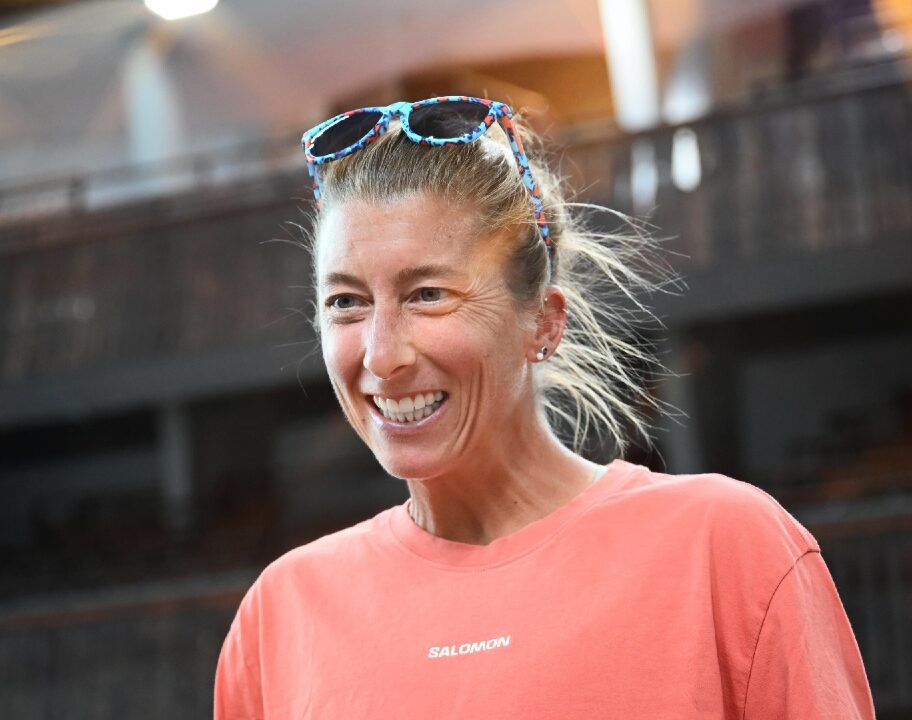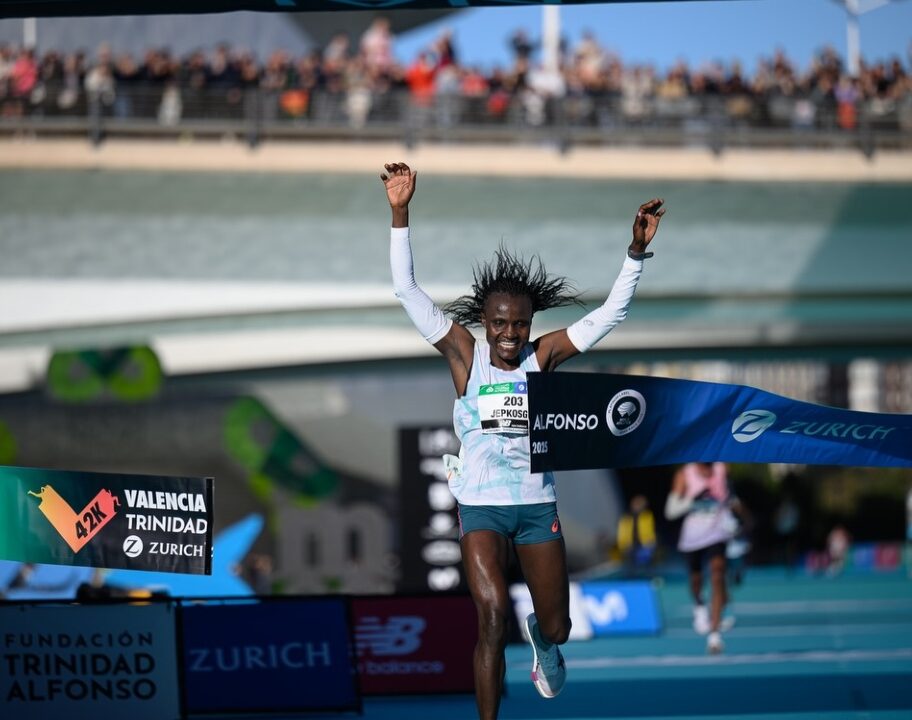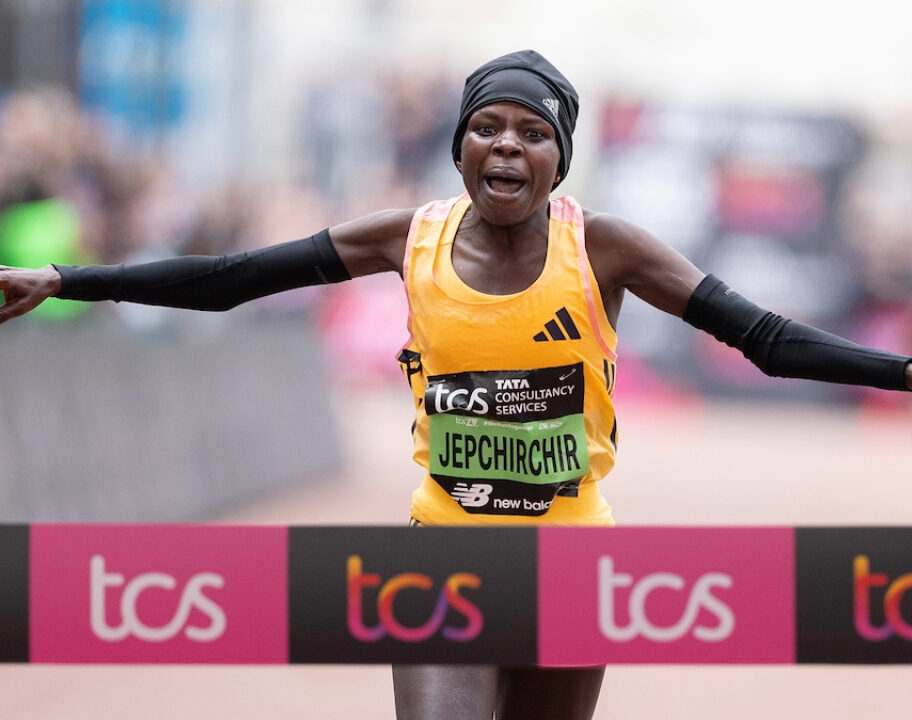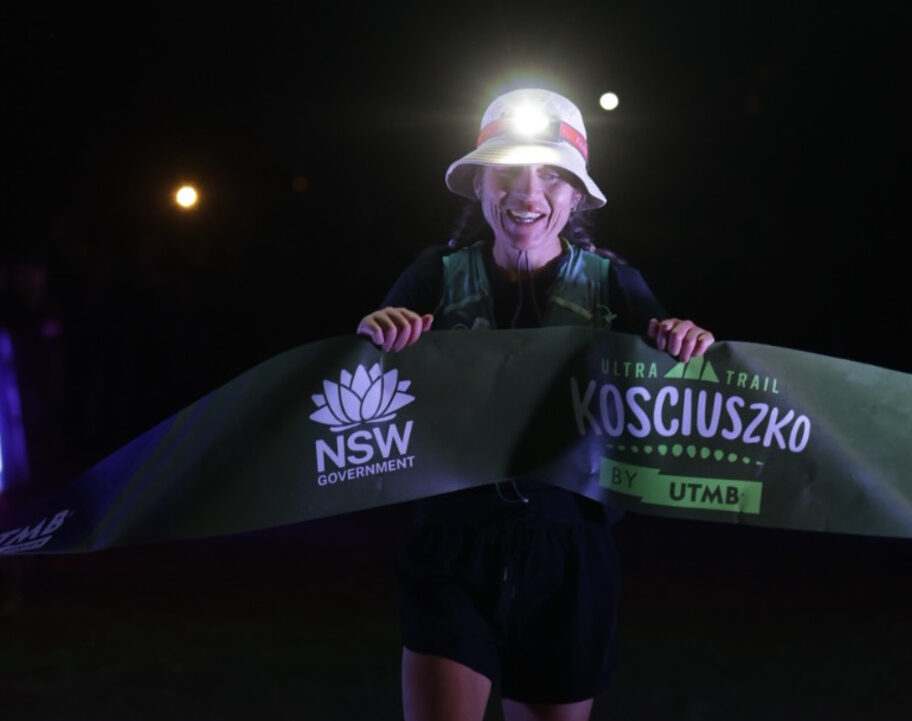For elite and amateur runners, the ‘Marathon Majors’ are seen as the pinnacle of racing at the 26.2 mile distance. Established in 2006 with five of the world’s most renowned marathons, since 2013 the World Marathon Majors has comprised of six events – now officially seven as of 2025, with the possibility of two further additions on the horizon.
The Abbott World Marathon Majors provide a year-long series for the elites who compete for points across the races for a share of the prize purse. In 2021, an age-group world rankings system was introduced. This gives amateurs the opportunity to qualify for the AbbottWMM MTT Age Group World Championships.
Keep reading to find out more about the Marathon Majors, including what the legendary ‘six star medal’ is – and why there won’t be a new seven star medal any time soon.
What are the Major Marathons?
In 2006, five of the world’s most renowned marathons were united to form the World Marathon Majors series. These were New York City, Boston, Chicago, London and Berlin. Creating a year-long, championship competition for elite runners to race across the series and earn points.
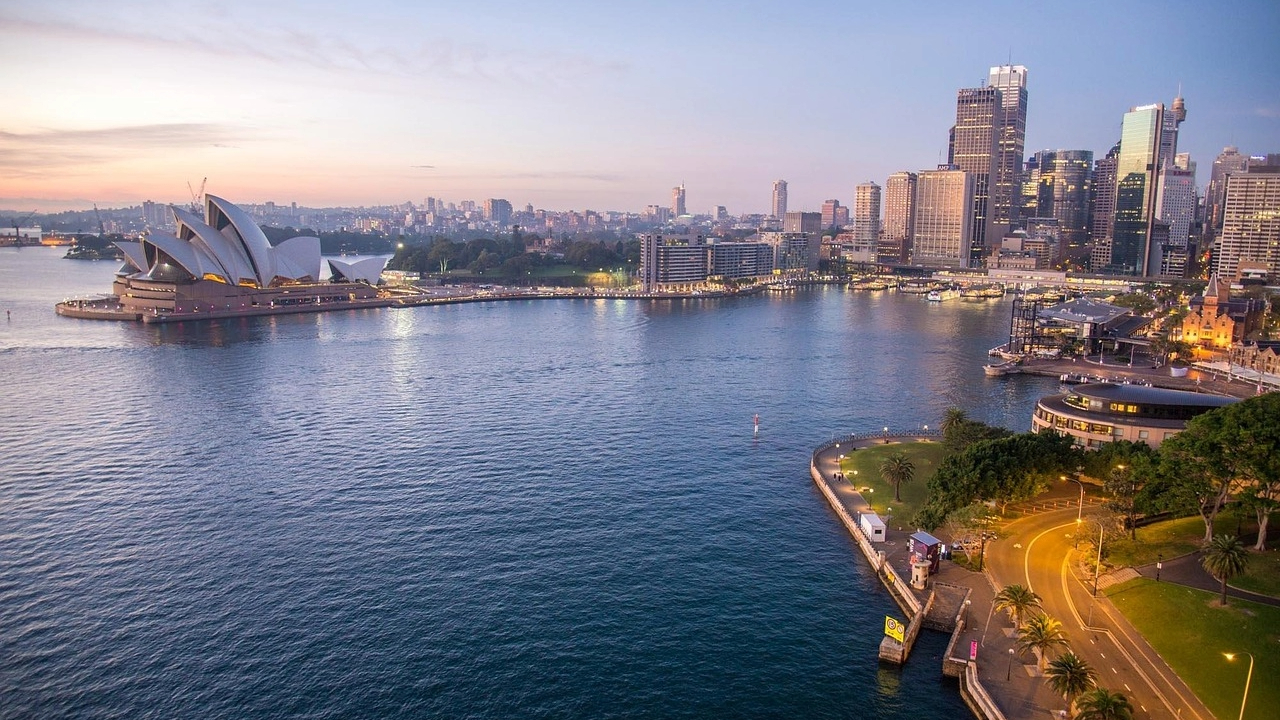
2013 saw the Tokyo marathon added as an official Marathon Major. And after confirmation at the end of 2024, from 2025 Sydney Marathon brings the total up to seven.
Elite annual series
As it currently stands, the Abbott World Marathon Majors elite series still only features the six races that have made up the series since 2013. It starts each year at Tokyo and finishes at the New York City Marathon. Additionally, the World Athletics and World Para Athletics Championships are also included. And in the years they are held, the Olympic and Paralympic marathons contribute to the total points.
The elite series started in 2006. But it wasn’t until 2016 that introduction of Series XIV provided the elite wheelchair series with its own prize purse.
Elite runners score points based on their finishing position at each qualifying race. The top three male and female runners/wheelchair athletes at the end of the series receive a share of the prize money.
Elite Marathon Majors scoring system
Points are allocated at qualifying races up to the fifth place finisher:
1st Place: 25 points
2nd Place: 16 points
3rd Place: 9 points
4th Place: 4 points
5th Place: 1 point
A maximum of two qualifying races count towards an athletes final score. And runners must compete in at least two races to be eligible. Athletes who compete in more than two races, will have their two best scores taken. In the Wheelchair Series, points from the athlete’s best four races are taken – five during a Paralympic year.
In the event of a tie, the champion is decided by one of the following three measures (in descending order):
A) The athlete with the best head-to-head record
B) The athlete who has won the most qualifying races that year
C) If there’s still a tie after A and B. The champion is decided at the discretion of a majority ruling from the Race Directors, and it can be a joint title.
Marathon Majors elite prize money
2022 shook up the overall prize money for winning the elite Marathon Majors series. For several years prior the top female and male runners took home $250,000 (USD) each, with second and third place winning $50,000 and $25,000. The champions of the wheelchair division however, only received $50,000 – with 2nd and third receiving $25,000 and $10,000.
In September 2022, it was announced that the prize purse structure would now see wheelchair athletes and elite runners receive the same prize money. But, rather than increasing the prize purse for the wheelchair division to match that of the elite runners. This move instead represented a cut to the total prize money on offer. As it stands the overall series prize purse now pays 5 deep with the top five elite runners and wheelchair athletes competing for the following prize money:
1st place – $50,000
2nd place – $25,000
3rd place – $12,500
4th place – $7,500
5th place – $5,000
Marathon Majors Age Group World Championship
Alongside the elite series, the Marathon Majors also provides a world ranking system for amateur runners aged 40+. Age-group runners are ranked according to their single fastest time at a qualifying event. There are 350 qualifying races, and nine competitive age groups.
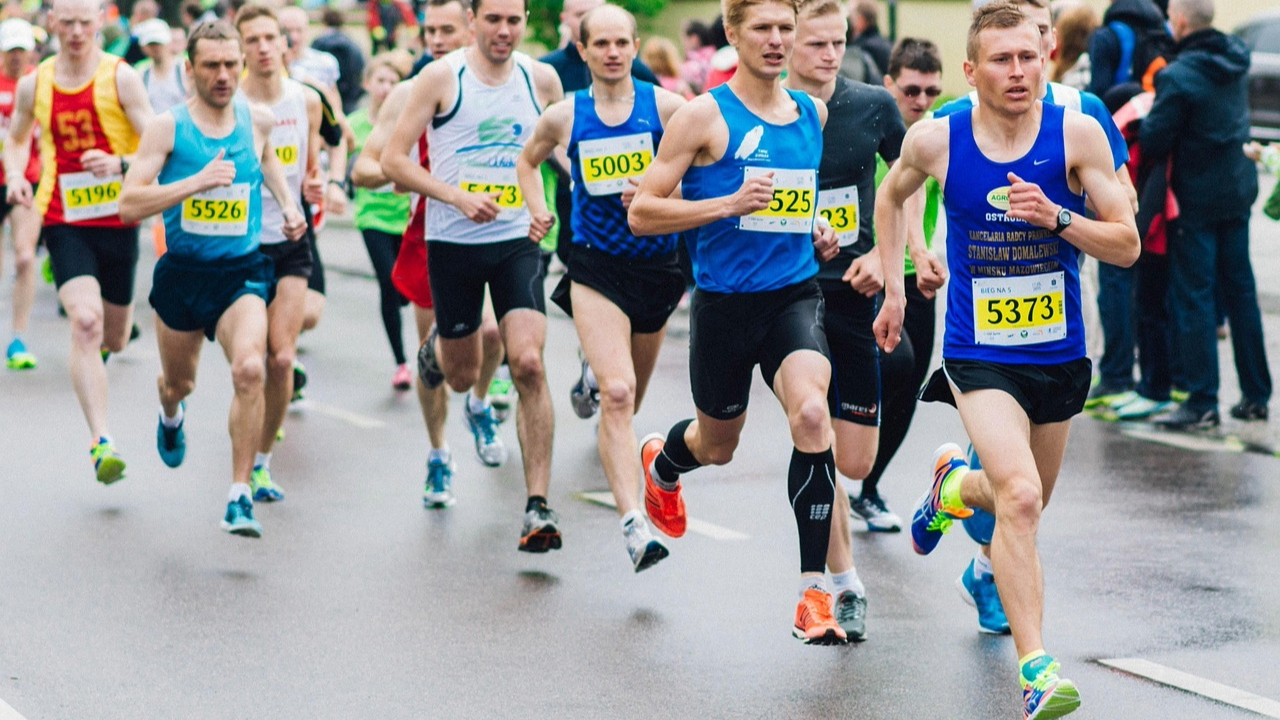
Runners ranked top in their age group will be invited to compete at the AbbottWMM MTT Age Group World Championships. And those who achieve a qualifying time (see below) will also receive an invitation.
The 2025 Marathon Majors Age Group World Championships take place at the New York City Marathon. Qualification was via the 2024 series, and a total of 2,500 places were available.
2026 World Marathon Majors Age Group World Championship Qualifying Times
The location that will host the 2026 AbbottWMM MTT Age Group World Championship hasn’t been announced yet. But below, you’ll find the qualifying time you need to hit in 2025 if you want to have a chance of receiving an invitation.
| Age Group | Male Qualifying Time | Female Qualifying Time |
|---|---|---|
| 40-44 | 2:35 | 3:04 |
| 45-49 | 2:42 | 3:12 |
| 50-54 | 2:48 | 3:20 |
| 55-59 | 2:57 | 3:32 |
| 60-64 | 3:10 | 3:49 |
| 65-69 | 3:26 | 4:13 |
| 70-74 | 3:40 | 4:32 |
| 75-79 | 4:06 | 5:15 |
| 80+ | 4:40 | 5:30 |
The Six Star Medal
‘Become a six star finisher’ is at the top of many runners’ bucket lists. The coveted Six Star Medal was introduced in 2016, honouring runners who have completed all six of the Marathon Majors.
You don’t have to set a specific time at each marathon to be eligible. As long as you have an official, finish time for each of the six races (Tokyo, Boston, London, Berlin, Chicago, New York City), you can get your Six Star Medal.
According to this Instagram post, at the end of 2024 17,679 runners have made it into the Six Star Hall of Fame – with an average finish time of 4:03:05 and an average age of 50 years and 6 months old.
Is seven stars the new six? Sydney has entered the group chat
2024 saw a new race inaugurated into the Majors series for the first time since 2013: Enter, Sydney. The Sydney Marathon is officially an Abbott World Marathon Major from 2025. However, this won’t mean the six star program becomes the seven star program. Abbott have confirmed that the Six Star Medal will remain, and only the original 6 races are eligible.
There is, however, a Seven Star Hall of Fame – which currently has just 562 runners world wide.
More new additions on the horizon for the Marathon Majors?
The Majors could expand to a total of 9 races in the near future. Currently, Abbott World Marathon Majors are assessing two so-called ‘candidate races’. These include the Shanghai Marathon, the first World Athletics Platinum Label Marathon in China which has seen over 150,000 people registering for the race each year. And the Sanlam Cape Town Marathon, taking place in the city of Cape Town, overlooked by Table Top Mountain.
The process to add new marathons to the Majors series takes multiple years. Candidate races have to demonstrate they can pass AbbottWMM criteria for 2 consecutive years before they can become part of the Majors series.
If Shanghai and Cape Down do make it onto the Majors list, a new 9 star medal program will be introduced. This will give existing Six Star Finishers a new goal to aim for.
Inspired to push yourself over the 26.2 mile distance? Take a look at our deep dive into what makes for a good marathon time to see how you stack up.

![Russ Cook completes his epic run across the entire length of Africa [Photo credit: The Snapshot People Ltd]](https://run247.com/wp-content/uploads/2024/04/Russ-Cook-completes-length-of-Africa-run-2024-912x720.jpg)
